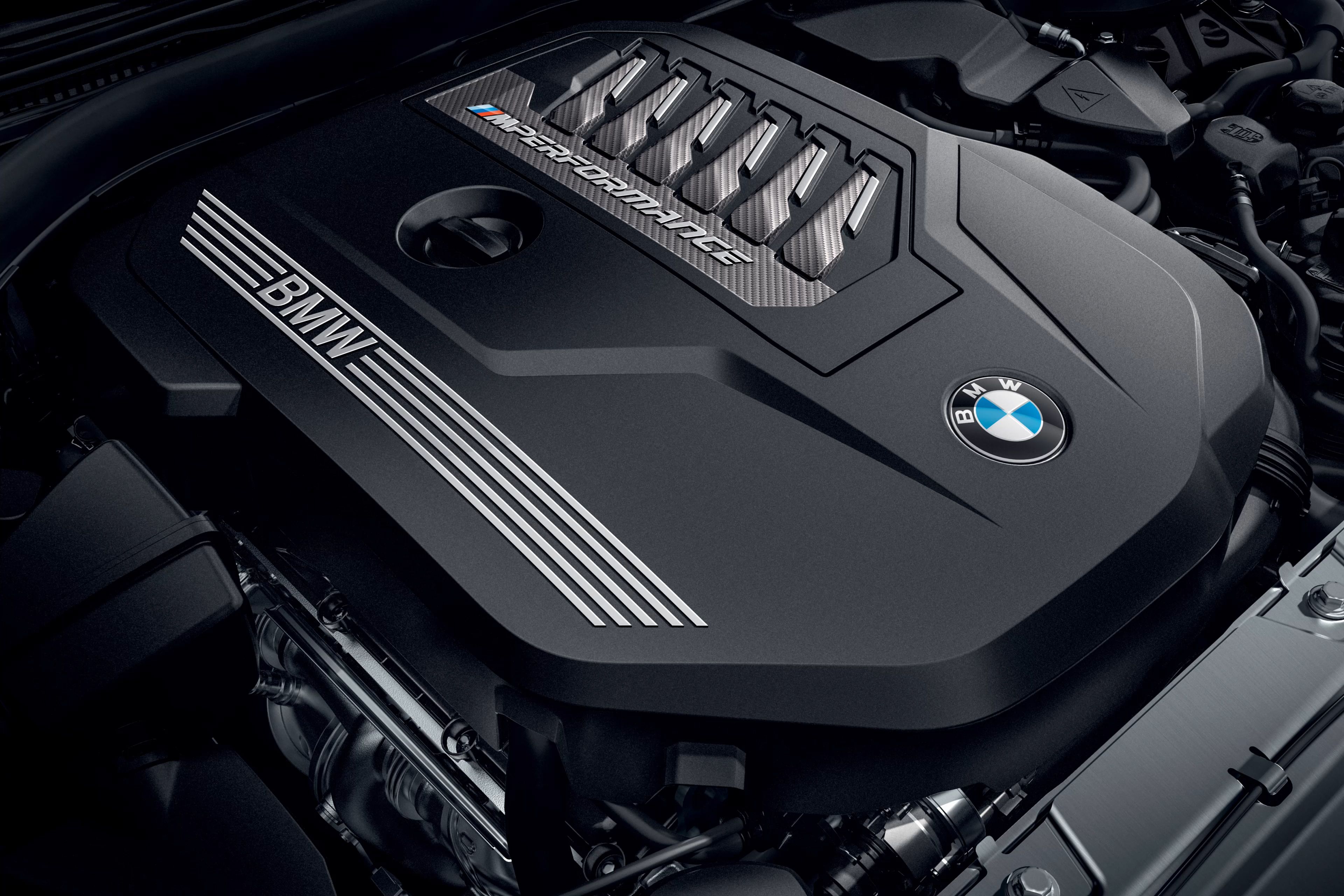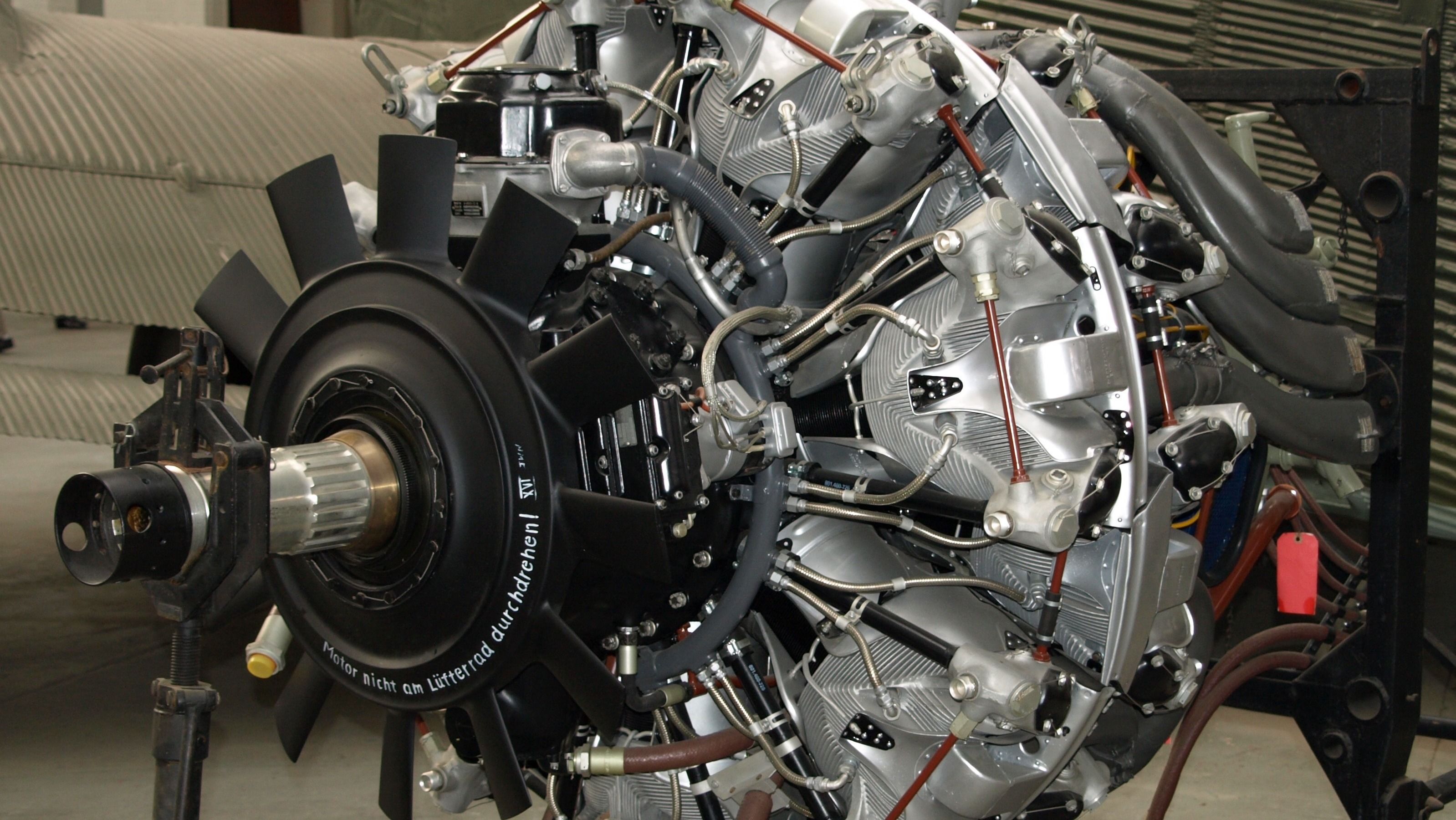The Duty of BMW Engine Layout in Getting Exceptional Fuel Performance
The Duty of BMW Engine Layout in Getting Exceptional Fuel Performance
Blog Article
Exploring the Evolution of Combustion Engines in Modern Transportation Solutions
As we navigate the landscape of modern transport, the development of combustion engines stands as a testimony to human ingenuity and engineering expertise. The interplay of background, innovation, and environmental concerns in forming the trajectory of combustion engines develops a narrative that is both insightful and engaging.
Early Beginnings of Combustion Engines
How did the principle of combustion engines initial emerge in the beginning of transportation growth? When the concepts of internal burning were first checked out, the roots of burning engines can be mapped back to the 17th century. In 1673, Christian Huygens conceptualized a standard interior burning engine that utilized gunpowder to create power. Nevertheless, it wasn't till the late 19th century that useful applications of combustion engines in transportation started to emerge.
The breakthrough moment featured the innovation of the very first effective gasoline-powered engine by Karl Benz in 1885 - bmw engine. This engine led the way for the growth of the modern vehicle, changing transport systems worldwide. Subsequent advancements by Nikolaus Otto and Gottlieb Daimler better refined combustion engine innovation, bring about the automation of vehicles and the fast growth of the transport sector
These very early burning engines were identified by their simpleness and performance, laying the structure for the facility and effective engines utilized in contemporary transportation systems. The development of combustion engines has been instrumental fit the means we take a trip and move items, noting a substantial turning point in the history of transportation development.
Transition to Internal Burning Innovation
The transition to internal burning innovation marked a pivotal change in the advancement of transport systems. This shift started in the late 19th century, with innovators like Nikolaus Otto and Gottlieb Daimler establishing the first effective interior combustion engines. These engines revolutionized transport by using a more powerful and reliable option to steam engines and electrical motors.
One of the key benefits of internal burning engines was their capability to be reduced to fit right into vehicles, bring about the advancement of vehicles and bikes. This change from bulky, fixed engines to compact, mobile ones led the way for the modern-day transportation systems we see today.
The change to internal burning technology likewise spurred improvements in fuel innovation, leading to the advancement of fuel and diesel as main gas sources for automobiles. This shift not only made transport more easily accessible to the masses but likewise laid the structure for the oil and gas industry to end up being integral to global economic climates.
Impact of Combustion Engines on Transport
The fostering of combustion engines in transportation systems militarized an extensive shift in the efficiency and rate of international mobility. Combustion engines changed transportation by offering a flexible and trustworthy resource of power for various cars, consisting of automobiles, ships, aircrafts, and trucks. This advancement dramatically enhanced the capacity for products and people to conform cross countries in shorter time frameworks, causing raised connection in between areas and countries.
Moreover, the prevalent usage of burning engines has actually had a significant effect on economic advancement. The capability to carry products effectively has spurred profession and business, permitting resource services to broaden their markets and reach consumers worldwide. This has promoted financial development and globalization, as products can now be transferred faster and blog in bigger amounts than ever previously.
Nevertheless, the environmental influence of burning engines can not be ignored. The combustion of fossil fuels has actually caused air pollution and greenhouse gas emissions, adding to environment change and posing wellness dangers to populations. bmw engine. Consequently, there is an expanding emphasis on creating different propulsion innovations to mitigate these adverse impacts and create an extra sustainable future for transport
Advancements in Combustion Engine Layout
Various advancements in burning engine design have actually driven the development of transportation systems over the years. One noteworthy technology is the advancement of turbocharged engines, which use exhaust gases to drive a generator that compresses inbound air, enabling even more fuel to be scorched, resulting in boosted power output without a considerable increase in engine dimension. Additionally, direct shot technology has actually improved fuel performance and performance by exactly controlling the amount and timing of gas injected into the burning chamber. Variable shutoff timing systems have likewise revolutionized engine style by maximizing airflow at various engine rates, enhancing both power and effectiveness. An additional significant improvement is the read assimilation of lightweight materials such as carbon fiber and light weight aluminum alloys, reducing overall engine weight and enhancing lorry fuel economic climate. In addition, developments in computer-aided style have actually made it possible for engineers to enhance engine efficiency and performance via simulations before physical prototypes are developed, conserving time and sources in the growth procedure. These advancements jointly add to the continual renovation of burning engines in modern-day transport systems.
Future Trends in Burning Engine Advancement
With innovation developments driving continuous technology, the future of burning engine development is positioned to reinvent transportation systems globally. Among the essential trends in burning engine development is the press towards greater performance and decreased emissions. Makers are investing greatly in r & d to improve engine performance while satisfying strict ecological policies. This consists of the combination of innovative fuel shot systems, improved turbocharging approaches, and the use of light-weight materials to enhance fuel usage and reduce carbon discharges.
An additional prominent pattern is the fostering of crossbreed technologies in combustion engines. Crossbreed engines incorporate traditional combustion modern technology with electrical power, offering enhanced gas performance and lower emissions. As the automobile sector changes in the direction of electrification, hybrid combustion engines are seen as a transitional option that links the void between conventional cars and completely electrical ones.
In addition, the assimilation of smart technologies, such as synthetic knowledge and information analytics, is expected to play a considerable duty in the future of burning engine development. These technologies can optimize engine efficiency in real-time, leading to a lot more effective burning procedures and boosted total vehicle efficiency. Embracing these future fads will certainly not just drive advancement in burning engine advancement however likewise add to a much more environmentally friendly and sustainable transport ecological community.

Verdict
In verdict, the development of burning engines in modern transportation systems has actually been noted by significant innovations in technology and layout. From the very early beginnings of combustion engines to the shift to inner burning technology, these engines have actually had an extensive impact on transportation.
The roots of combustion engines can be traced back to the 17th century when the principles of interior burning were very first explored. These engines transformed transport by using a more powerful and reliable option to vapor engines and electric motors.

Report this page